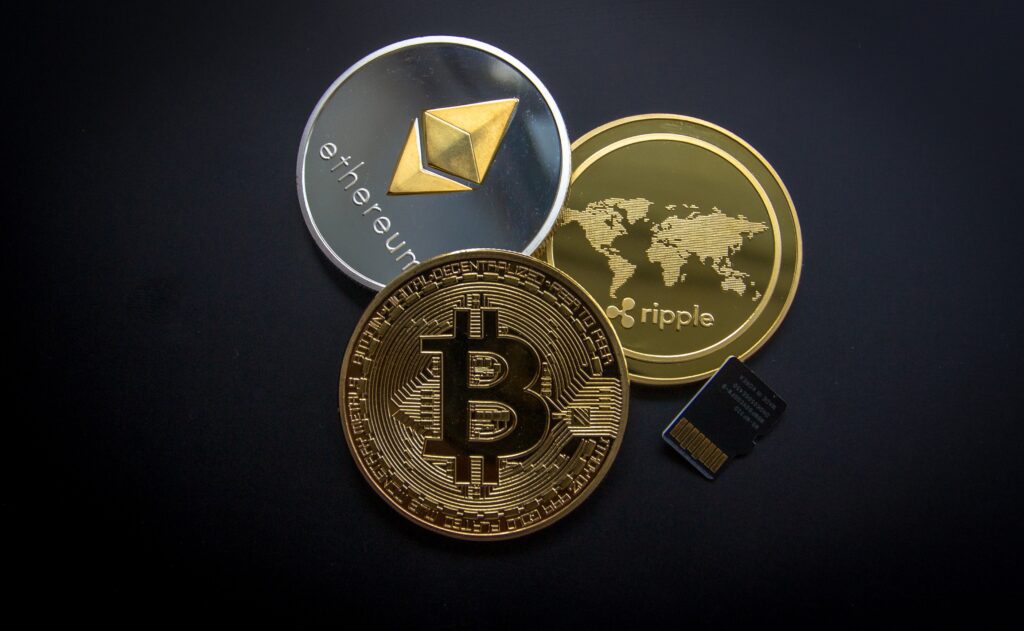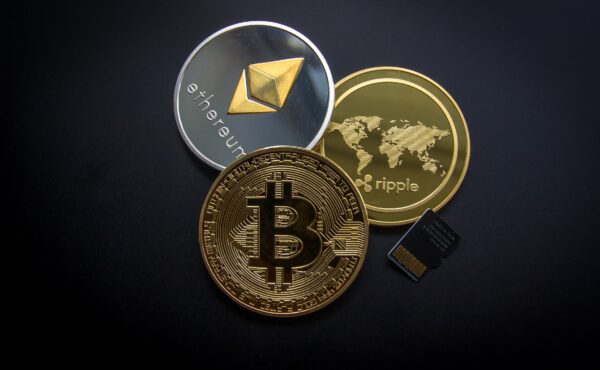Hey, on the bright side, cryptocurrencies have finally untethered themselves from the market. On the downside, it was stablecoins that did it. To some, a new economic platform. To others, a transparent Ponzi scheme. Let’s take a look at how stablecoins are going to permanently disrupt the crypto market.

What is a Stablecoin?
Cryptocurrency is now fairly mainstream. You can buy cryptocurrency on the Robinhood app. You can buy it on Cash app. But that doesn’t mean there won’t be bumps in the road.
A stablecoin is a coin that’s pegged to the value of something else. It’s designed to be, well, stable. For instance, the U.S. currency is technically backed by a gold standard (although it hasn’t really been for some time). Ideally, stablecoins should be a hedge against other risks.
Cryptocurrencies are, of course, notoriously volatile. Just load up Reddit and you can see photographic evidence of people losing millions (and gaining them).
TerraUSD, the Stablecoin That Couldn’t
TerraUSD/Luna was a stablecoin locked into the US dollar. It should, ideally, peg its price on the USD… largely in a way that no one really understood. TerraUSD/Luna was two coins in one. One was stable and pegged (again, theoretically), while the other coin was burned to create that stability.
What you need to know is that a stablecoin can either be truly backed by a product (such as the stablecoins that are backed by pools of Bitcoin) or a stablecoin can be algorithmically backed. The algorithm seeks to course correct the coin any time the coin diverges from its backer.
The problem comes when the algorithm needs to create increasingly more volatile swings to compensate for existing instability. With TerraUSD, the adjustments compounded in such a fashion that what should have been a stablecoin catastrophically tanked. As TerraUSD/Luna lost its value, it tried to print more Luna to compensate. This created a virtually infinite loop.
The Consequences of TerraUSD
TerraUSD lost its value within minutes. And that’s not a great thing for cryptocurrency as a whole, because the whole reason people were invested in TerraUSD was to keep their money safe. So, you’ve got this technology that promises that it’s going to be less volatile than crypto, and a great place to save your crypto money, and then it absolutely tanks.
On the one hand, most people investing in AltCoins pretty much know what they’re doing or know what they’re getting into. But on the other hand, anyone investing in stablecoin isn’t looking to engage in risk or make a buck; literally the only reason to be in a stablecoin that matches USD is to keep your money safe, whether it’s between transactions or part of a larger, more diversified portfolio.
Bottom line: Not only did TerraUSD absolutely obliterate its own value, but it also shook investor faith. More and more, cryptocurrency investors are starting to wonder whether crypto is really all that it’s cracked up to be.
The Follow Up Crypto Crash
Well, though, crypto is decentralized, right? So, if crypto is so decentralized, why would TerraUSD cause the entire crypto market to crash?
Actually, there’s good news and bad news there. Good news: a single AltCoin isn’t going to cause the market to crash. If it was going to, Dogecoin would have already done it like eight times.
The bad news is that there were entirely separate issues going on during the whole TerraUSD frenzy; probably issues that also caused TerraUSD to spin out. Part of it started when Coinbase, one of the largest cryptocurrency exchanges, announced that if it had to declare bankruptcy (which, it was going to do), all its wallets would need to be liquidated.
Because, of course, cryptocurrency isn’t considered to be an actual currency, and Coinbase isn’t a bank. That means the wallets that other people had stored on the exchange would be liquidated to pay Coinbase’s debts.
That led to people mass panicking, selling, liquidating—just generally getting out. That introduced churn that was quickly followed up by the TerraUSD crash.
That doesn’t mean crypto is over, certainly. It’s a great way to transfer wealth, for better or worse. But it does mean that investors need to be a lot more cautious when they read a prospectus. Certainly, don’t just load up any mobile app and start buying coins.

